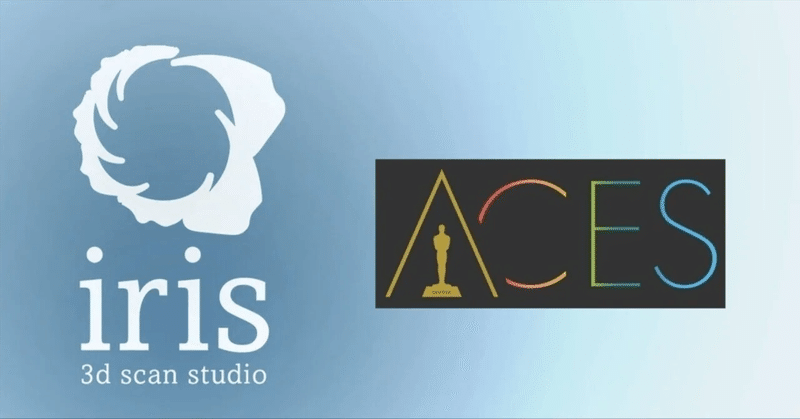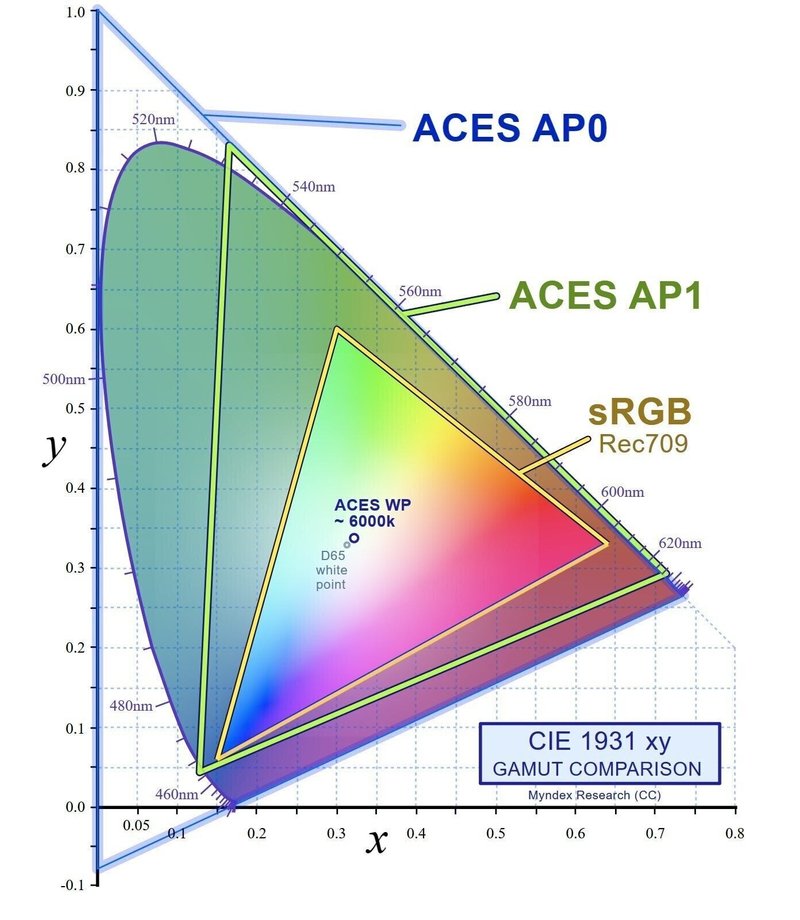
ACES Color Calibration for 3D Scanning(photogrammetry ) Assets
At the 3D Scan Studio iris, we use professional Broncolor strobes, providing a high-quality lighting environment with high color rendering as standard. This enables the creation of high-quality DiffuseMAPs (Nikon Standard, AdobeRGB) with the stable tones of Nikon DSLRs.

Recently, we have seen an increase in requests for calibrated DiffuseMAPs for 3D scanning and photogrammetry projects.
At the 3D Scan Studio Iris, we offer additional options for 3D scan meshes by calibrating them based on the Macbeth Color Chart, making it possible to export DiffuseMAPs suitable for VFX work in ACES, including ACES AP1 (ACEScg), ACES AP0, and sRGB (Linear Gamma).
This eliminates the need for calibration with tools like Nuke's mmColorMatch and MatchGrade, allowing CGI professionals to focus on shot production.
By providing pre-calibrated DiffuseMAPs in ACES color spaces, we streamline the integration of 3D scanned assets into ACES VFX pipelines, saving significant time and effort in color matching and grading tasks.
【Calibrated DiffuseMAP with ACES】
■ Supported Color Spaces
ACES AP0
ACES AP1 (ACEScg)
sRGB (Linear Gamma)
■ Data Formats (Both Calibrated)
Captured images are in 32-bit floating-point TIFF (Linear Gamma)
DiffuseMAPs are in 16/32 bit floating-point OpenEXR
※Image sizes support standard 8K and up to a maximum of 16K
※To simplify workflows,
support for 16-bit integer DiffuseMAPs (TIFF 16-bit Linear Gamma) is also available
(Pixels above 1.0 will be clipped)
■ Tone Cancellation
We have created our own DCP camera profile to remove as much of the camera manufacturer's bias (tone) as possible during RAW development.
By unifying the color space of 3D scan assets to ACES from the less common AdobeRGB, the integration effort in VFX is significantly reduced.

https://en.wikipedia.org/wiki/Academy_Color_Encoding_System
In a scene-linear VFX workflow, the unique "tones" characteristic of different camera manufacturers can become a hindrance. The ACES workflow cancels out these tones, allowing you to simply match the exposure and color balance, thereby improving the compatibility between footage and 3D scanned assets.
For typical CGI and VFX productions, the delivery of calibrated assets in ACEScg color space is the norm.
By providing calibrated DiffuseMaps in ACES, we enable smoother integration of 3D assets into VFX pipelines following a scene-linear ACES workflow. This eliminates the need for extensive color correction and tone adjustments, streamlining the shot production process for CG artists.
Comparison of Capture Assets Before and After Calibration
The 3D scanning studio iris can switch between cross-polarized lighting and normal lighting (partially polarized) using diffusion paper. Cross-polarized lighting captures images close to the true albedo, while normal partially polarized lighting allows for color matching using a color chart.
Original In-Camera Rendered JPEG (Nikon D5500 AdobeRGB)

The image shows the calibrated state. For verification purposes, a "theoretical color chart" is composited. With the linear conversion, pixel values can be retained up to around 5.

ACEScg (AP1) + RRT + ODT Rec709
This applies the standard ACES RRT tone curve and the Rec709 ODT for monitor output. Matching CG render passes from other cinema cameras to the 3D scanned assets becomes dramatically easier with this color pipeline.


Comparison with a color chart generated from theoretical values
The reference color chart is generated using the NUKE gizmo "colour_rendition_chart.nk."

NUKE gizmo「colour_rendition_chart.nk」
https://github.com/colour-science/colour-nuke/blob/master/colour_nuke/scripts/colour_rendition_chart.nk
X-Rite ColorChecker Classic 2005 - 2014 - GretagMacbeth v2.0
http://www.nukepedia.com/gizmos/draw/x-rite-colorchecker-classic-2005-gretagmacbeth
I adjust parameters in RawTherapee and use an original DCP profile for RAW development, creating a 32-bit float TIFF in any desired color space. After that, I check on NUKE to see if the calibration is problem-free. During development, I avoid extreme adjustments as much as possible to prevent color balance and tonal distortion.

Color calibration will be an additional charge, but by calibrating the photogrammetry's DiffuseMap for ACES, 3D scan assets can be quickly integrated with the backplate of a cinema camera.
#photogrammetry #ACES #AMPAS #AP1 #AP0
For more information on ACES, please refer to the following:
written by kuboe
この記事が気に入ったらサポートをしてみませんか?
